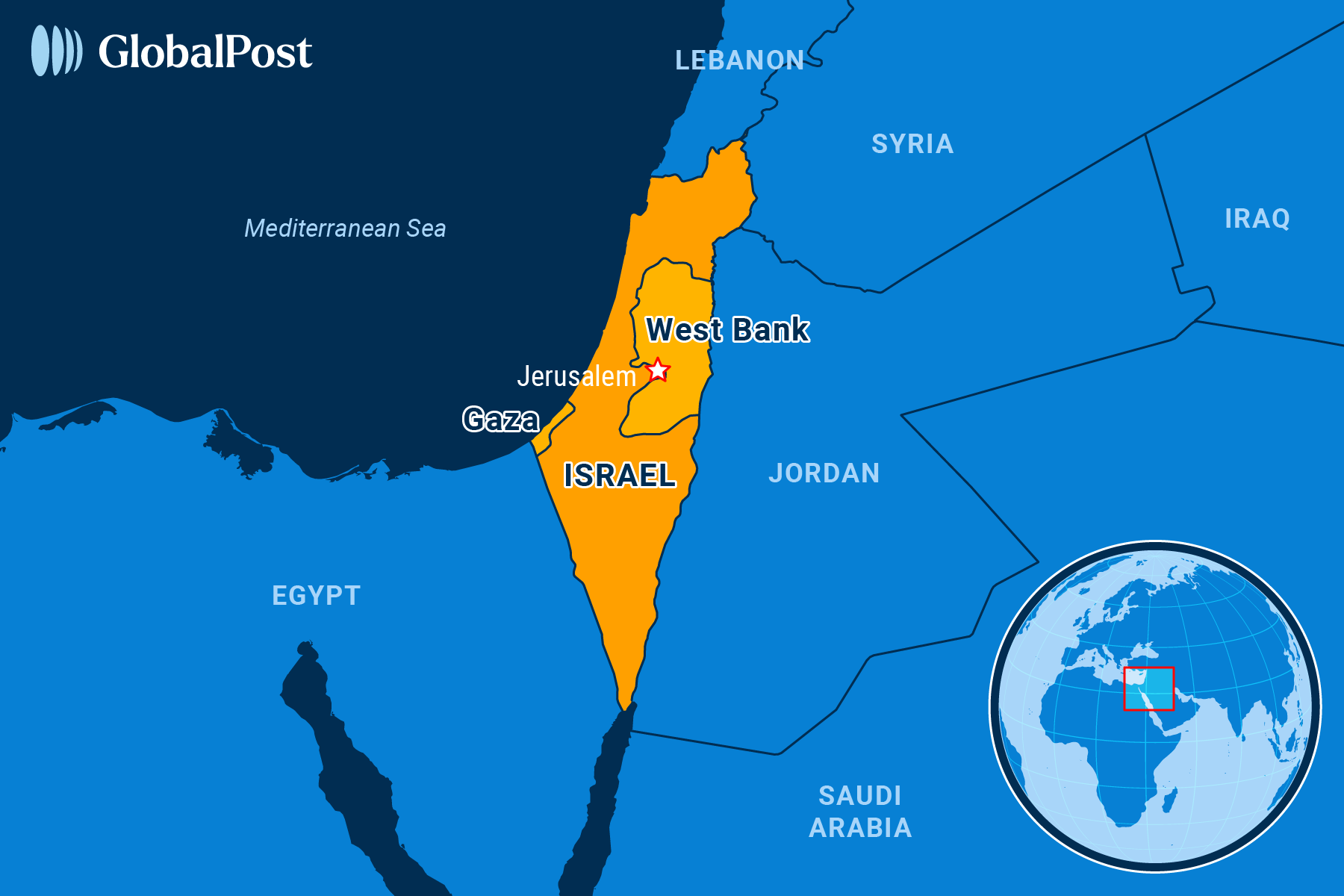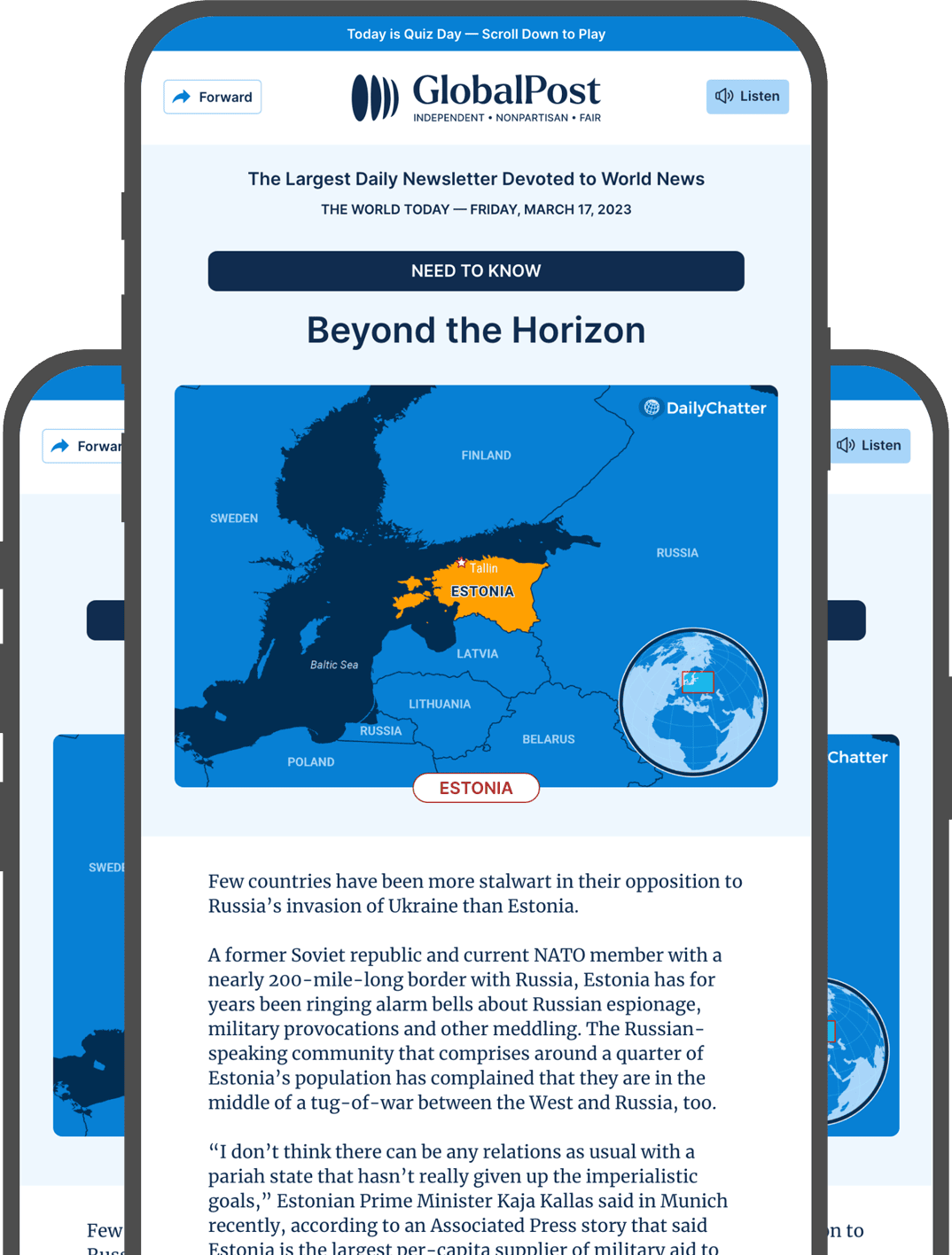Waiting to Exhale

On Sunday at 11:15 a.m., the guns went silent. The bombs stopped. The buzz of the fighter jets became faint as they headed home. The people came out and cheered.
Those were the sounds and the silence of a ceasefire that took effect between Israel and Gaza.
There was another sound, also, the tones of grief, interrupting the joy of the silence. These arose because the ceasefire was two hours and 45 minutes late – 165 minutes too late for 19 people, 165 minutes too late for the al-Qidra family.
Earlier that morning in the south of Gaza, Ahmed al-Qidra packed his seven children onto a donkey cart and headed toward their battered home in eastern Khan Younis to assess what could be salvaged because he thought it was finally safe to travel.
Instead, Al-Qidra and two of his children, ages 16 and six, were killed by an Israeli missile. His daughter, Yasmin, 12, managed to pull her eight-year-old sister out of the cart before the second one hit.
“We endured this entire war, facing the harshest conditions of displacement and bombardment,” Al-Qidra’s wife, Hanan, told Al Jazeera. “My children dealt with hunger, a lack of food and basic necessities. We survived more than a year of this war, only for them to be killed in its last minutes. How can this happen?”
As Hanan grieved, other Gazans and Israelis across the border celebrated the halt of the war on the streets. Three young women rejoiced in their new-found freedom after being held hostage for almost 471 days by Hamas, as did 90 Palestinian women and children released from Israeli prison. About 30 more hostages will come home in this first round of the peace, which is to last six weeks. And so will almost 2,000 Palestinian prisoners, some held in Israel for years.
Many of the families of the hostages held by Hamas couldn’t imagine this day, especially after months of negotiations that usually collapsed. Mandy Damari, mother of hostage Emily Damari, who was released Sunday, told the Washington Post that she could finally “give Emily the hug that I have been dreaming of.”
Still, this fragile peace is only the beginning of the end, Marc Lynch, director of the Middle East Studies program at George Washington University, told Foreign Affairs. The truce could break at any time, he added, and it probably will.
He wasn’t being overly pessimistic – almost everyone involved shares similar sentiments, including US President Donald Trump.
That’s because the war, sparked by Hamas’ brutal attack on Israel on Oct. 7, 2023, that killed around 1,200 people and saw more than 250 taken hostage, is tricky to end. Analysts say that a long-running truce is about the best one can hope for. The wish is that it at least lasts long enough for all the hostages to come home, and provide reprieve for the almost two million Gazans who have struggled to find somewhere safe to sleep, something beyond leaves to eat, and medical treatment for wounds and illnesses, all while being trapped in a ravaged enclave where terror had become the norm for 15 months.
Now, after the temporary peace comes the time to take stock. As the Israeli troops begin to leave and hundreds of aid trucks surge across the border, some of the families of the Hamas-held hostages will learn the fate of their loved ones – it’s estimated that about one-third of the remaining 94 hostages have died.
The Gazans will account for their own, too. Even though the Gazan health authorities have been documenting by name the almost 47,000 Palestinians they say died in the war, they couldn’t list those still buried under rubble or those with no one left to notice their absence.
The medical journal The Lancet recently estimated there are almost 20,000 deaths in Gaza unaccounted for.
And then there is the rubble, miles and miles of it along with unexploded ordnance. Less than half of the structures in Gaza stand unscathed after 15 months of gunfire, missiles, and bombs. Gazans are now trying to return to their homes to assess what is left. Many bring mattresses and other essentials because they are not sure if there is anything. Others set up tents on top of the rubble left of their former homes because they can’t bear to leave their neighborhoods, or whatever is left of them.
As Gazans tried to figure out where to live, knowing that reconstruction would take years, Hamas and Israeli leaders were both quick to claim victory in the ceasefire. And their Egyptian, Qatari, and American negotiators were exhausted and relieved. After months, they crossed one finish line, knowing a second and harder one is yet to come.
On Feb. 4, talks will begin to work out the details of the second of the three stages of the peace that are meant to lead to a permanent truce set out in the ceasefire agreement. The current truce expires in six weeks.
The second stage is expected to see a complete Israeli troop withdrawal and the release of all remaining hostages who are still alive. The problem is, both sides are expected to be intransigent over the details of the second truce, especially over the timetable for Israeli troop withdrawal and the specific individuals Hamas wants released from Israeli prisons.
Meanwhile, Hamas is taking control again of Gaza, a problem for both Israel and Gazans. The real issue is that there is no one else because Netanyahu had refused to heed his security officials or American diplomats and plan for an alternative in his quixotic quest for “total victory” over Hamas – a victory even his generals told him couldn’t be achieved.
After the ceasefire took effect, Hamas fighters celebrated on the streets of Gaza, showing Israel they were diminished but not defeated.
Meanwhile, the threat to the duration of the ceasefire isn’t just from Hamas: Some say they don’t believe the ceasefire will last because Netanyahu doesn’t want it to.
Netanyahu survives politically with a tiny majority made up of hard-right parties, many of which oppose the ceasefire and want to annex Gaza and the West Bank. Already, Itamar Ben-Gvir, the national security minister, pulled his far-right Otzma Yehudit party out of the coalition, calling the ceasefire deal a “victory for terrorism.” Finance Minister Bezalel Smotrich of the far-right Religious Zionism party said that Netanyahu has pledged to restart the war after the first phase of the peace. If he doesn’t, Smotrich added, he will bring down the government.
If his coalition collapses, Netanyahu will likely have to call elections. And if he does, despite climbing approval ratings since April, his Likud party isn’t projected to win enough support for him to form a government or become prime minister again. Meanwhile, many Israelis want to hold hearings to account for the security lapses that opened the door to Hamas’ Oct. 7, 2023, attack in the first place, something Netanyahu frets over along with his long-running corruption trial that was mostly paused during the war.
The war, say commentators, worked to his advantage.
Still, should the Israelis and Hamas manage to get through a second stage, the third will see Hamas return the remains of the deceased hostages. And that’s when reconstruction of Gaza could start.
Almost no one can envision that day, at least not yet. But there is always hope, say Tareq al-Batsh, 35, and his wife, Diana, 30, who headed north from their refuge in the south of Gaza to see what is left of their broken home. They told the Los Angeles Times they are planning to cover the holes in the wall with tarps and do whatever else they need to do to live there again.
“We’re afraid this truce could fail at any moment, of course,” said Diana al-Batsh. “But still, for now we’re cautiously optimistic.”

Subscribe today and GlobalPost will be in your inbox the next weekday morning
Join us today and pay only $46 for an annual subscription, or less than $4 a month for our unique insights into crucial developments on the world stage. It’s by far the best investment you can make to expand your knowledge of the world.
And you get a free two-week trial with no obligation to continue.
